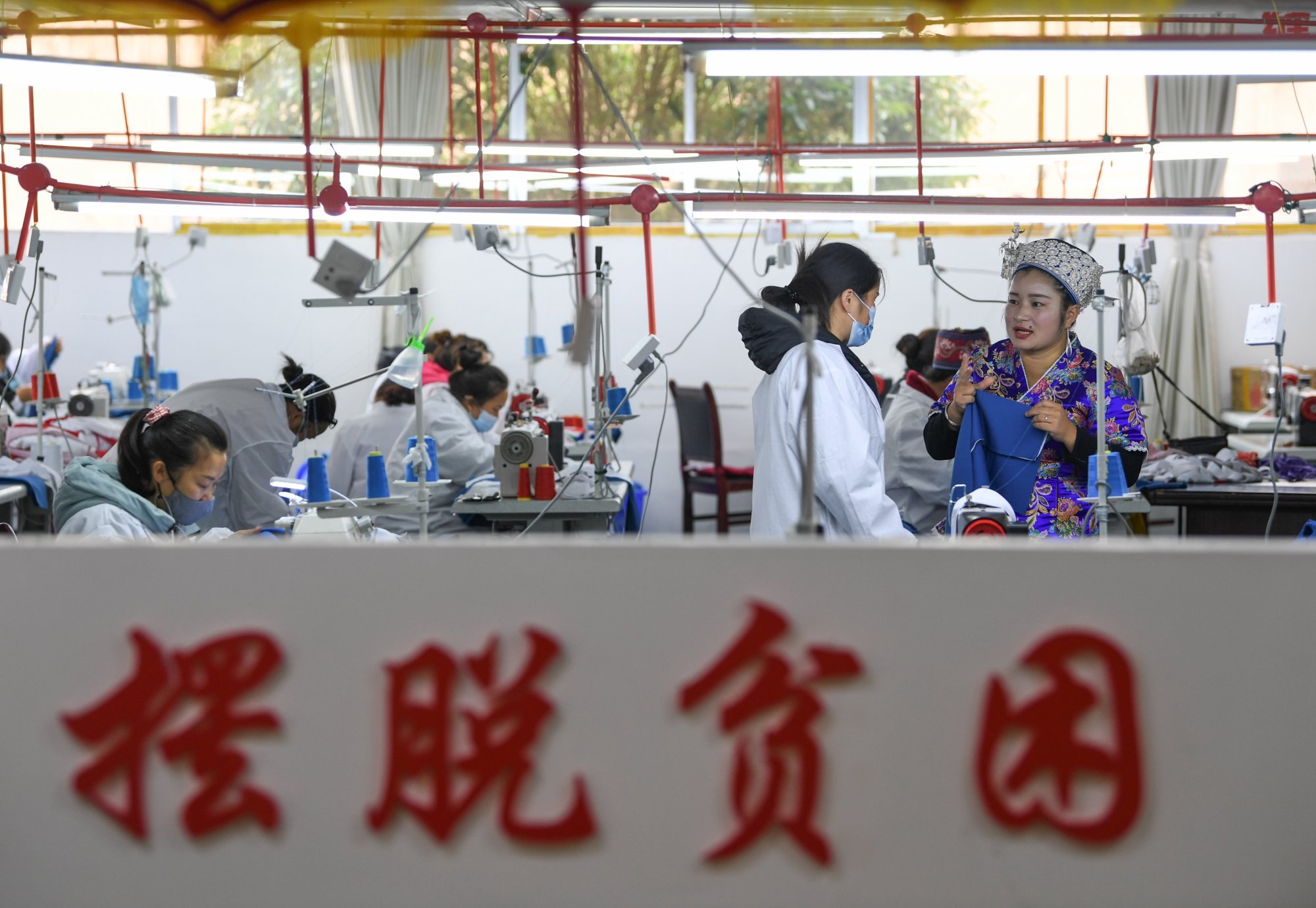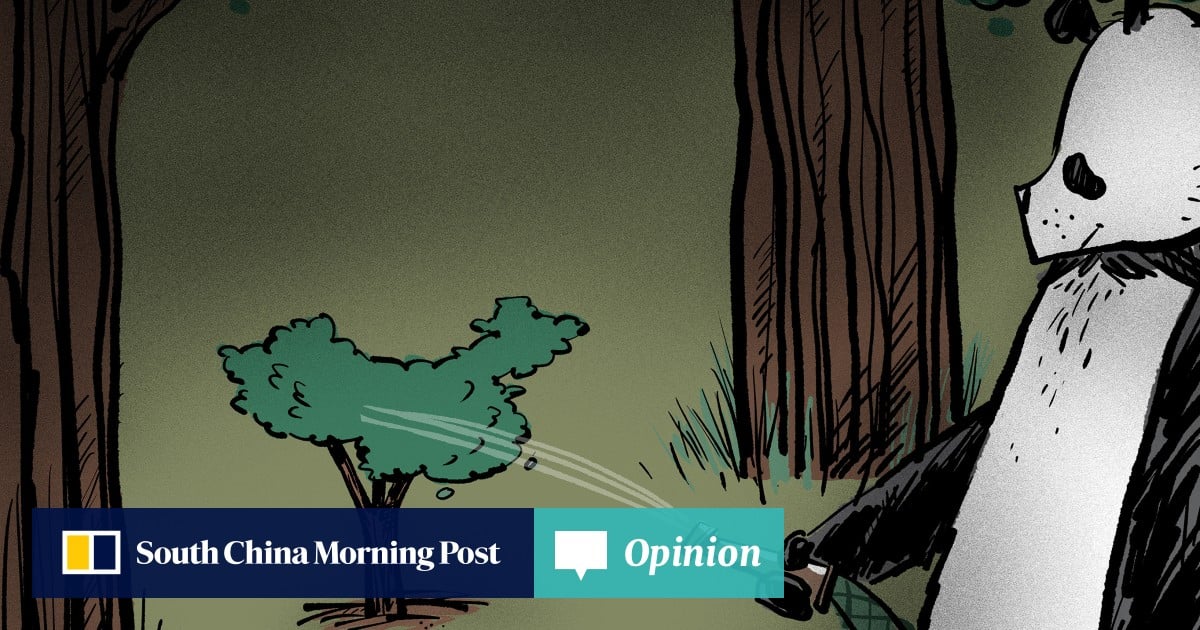
However, there are five key reasons why China must still be considered a developing country.
Firstly, major international organisations still regard China as a developing country. The Handbook of Statistics, published by the United Nations Conference on Trade and Development, classifies all countries into developed countries, developing countries and least developed countries. China is categorised as a developing country based on the 2023 statistics.
According to the WTO, any member can identify itself as a developed economy or a developing economy as long as others do not challenge this identification. Currently, there are 164 developing economies in the WTO, including China.
Secondly, China does not qualify as a high-income country, based on World Bank standards. The World Bank classifies different economies of the world into low-income economies, lower-middle-income economies, upper-middle-income economies and high-income economies based on their gross national income (GNI) per capita.
The World Bank considers a GNI per capita higher than US$13,845 as high-income and lower than US$1,135 as low-income. Economies with a GNI between US$4,466 and US$13,845 are upper-middle-income. China’s GNI per capita has not yet crossed the threshold of US$13,845, putting it squarely in the upper-middle-income grouping of countries. The Organization for Economic Cooperation and Development (OECD) similarly ranks China as an upper-middle-income country.

Thirdly, correlating a country’s economic size with its level of development can be misleading. In 2023, US Representative Young Kim said that, “China is the second-largest economy in the world, accounting for 18.6 per cent of the world economy”, second only to the US. On that basis, she argued that China takes advantage of its developing-country status to apply for development loans from international organisations.
Such an assertion is completely unjustified. A country with a small economic size may be either a developed country or a developing country. Similarly, a country with a large economy may be a developed country or a developing country. In other words, the primary factor that determines a country’s development level is not the size of its economy, but its actual level of development.
Fourthly, purchasing power parity (PPP) cannot reflect a country’s development level. The World Bank uses PPP to measure the economic size of various countries. According to this methodology, China’s gross domestic product (GDP) in 2022 was US$30.3 trillion, making it the world’s largest economy. However, using PPP to define a country’s development level is far-fetched. PPP tends to exaggerate the size of the developing economies.
Finally, China’s overall development level is still below that of the developed countries. Although its major cities such as Beijing, Shanghai, Guangzhou and Shenzhen are quite highly modernised, unbalanced and inadequate development is still evident across the country, especially in western China.
Jiang Shixue is a distinguished professor at Macau University of Science and Technology

